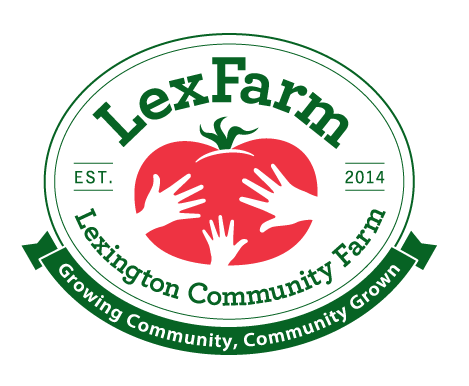March 14, 2012
I have been a supporter of a community farm, and I recently joined the LexFarm Board of Directors. I read your message to Town Meeting members, and I would like to respond to several misconceptions about the proposed community farm.
First, I admire the work that you and others do to foster diversity in Lexington by actively promoting affordable housing. It has become a core value of our community. Now, as others have noted, food security, diet-related health issues, and climate change represent the defining challenges of a new generation.
I also appreciate your support for community farming, including your desire to preserve farming on all remaining farmland in Town. However, that excellent idea can’t be reconciled with the impulse to build more than 2 to 4 housing units on the uniquely fertile soil at Busa.
The assertion that eight housing units would have “no measurable adverse impact on the viability of the farm” is inaccurate. The yardstick is simple economics. The LexFarm proposal is based on a thorough analysis of area community farms’ finances. So, how do some other towns make do with less land? They rely on large fundraising operations or town subsidies to sustain their programs. Some can use existing assets to reduce their expenses, such as a farmhouse that provides free housing to the farmer, as in Newton. Other farms simply have more land (the average community farm in the Boston area has 18 acres).
Eight units of housing would remove up to an acre of tillable soil from the Busa land. You can easily measure the impact. With less tillable land, the substantial community benefits of the farm would have to be cut back. These include donations of 10% of the harvest to the Food Pantry, half-price shares for low-income residents, and affordable access to education programs. Each acre removed reduces farm income by at least $22,000, which takes food off the table of low-income residents and leaves hundreds of schoolchildren and adults without opportunities to learn and work on the farm.
Dispersing some of the community farm to other locations doesn’t make business sense. If you were starting a small retail business, would it be a good idea to put the storefront in one place and store the merchandise on the other side of town? Of course not. Why would you put avoidable strains on an operation before it’s up and running?
A dispersed farm would not only jeopardize its financial viability. It would also inhibit public access to the land, and with it, much of the farm’s value to the community.
This is the reality of transforming a very small piece of land into a valuable community asset. It’s all spelled out in the LexFarm proposal and the September, 2011 presentation to the BoS for anyone who cares to read them or watch on LexMedia. With the Community Farm, unlike other proposals, the Town knows what it’s getting and what it will cost.

